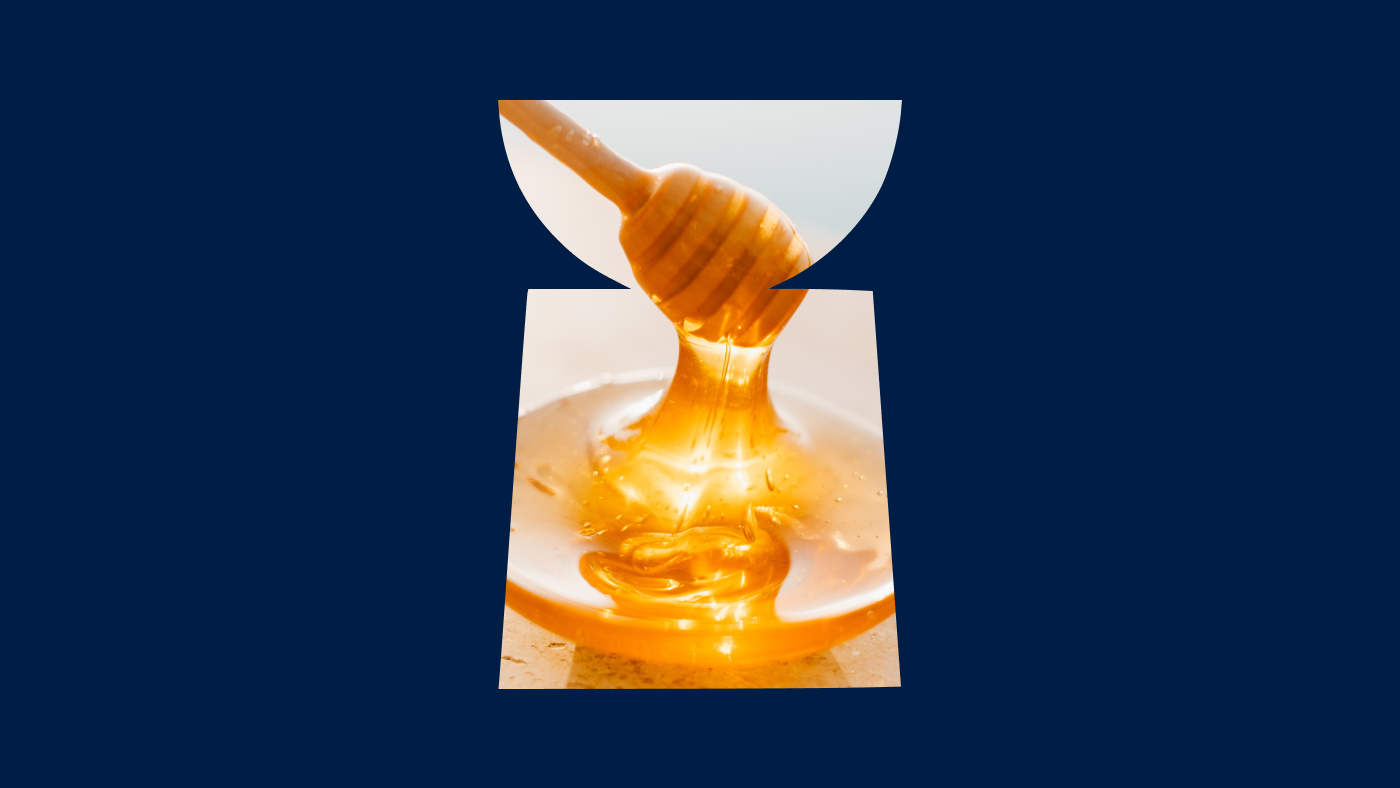We believe you shouldn’t need a PhD in Chemistry to understand what’s in your moisturizer. But you might need a guide (at least we did). Introducing the science behind moisturizers and the three different types. Go ahead, rub it in.
What Are Humectants?
Humectants are hydrophilic ingredients that have the ability to draw in moisture from their surrounding environment. In skincare speak, they’re the water-loving molecules in your moisturizer used to keep your skin hydrated and plump.
Popular humectants include:
- Alpha Hydroxy Acids (AHAs)
- Glycerin
- Aloe
- Seaweed extracts
- Urea
- Lactic acid
- Panthenol
Works best for: Dry, thick skin in climates that are very humid. “Humectants act as a good first layer of moisture and are suitable for all skin types including oily, combination and acne prone skin because they’re void of the heavier oils,” says New York dermatologist Anne Chapas, MD.
How Humectants Work
Humectants operate like magnets, attracting water molecules and bonding to them. They play in two different areas:
1) the body
2) the environment
Humectants & The Body
Humectants pull water from the deeper layer of the skin (the dermis) and draw it to the top layer (the epidermis), locking it in. This process increases the level of moisture in the outermost crust of the epidermis (the stratum corneum) which is made up of dead cells and prone to cracking.
Humectants & The Environment
Humectants also draw moisture from the air, making them thrive in humid environments and struggle in arid climates. Obviously it doesn’t do any good to attract water to the surface of the skin if it immediately evaporates, which is why humectants are usually paired with occlusive ingredients.
Occlusives
Occlusives help maintain the water content in the skin by forming a physical barrier that prevents evaporation. Unlike humectants, they don’t attract water; they just prevent you from losing it. Because occlusive agents can leave a heavy or greasy feeling on the skin, they’re frequently combined with other ingredients to help improve the feel.
Popular occlusives include:
- Cocoa Butter
- Shea Butter
- Dimethicone
- Lanolin
- Petrolatum
Works best for: More mature, dehydrated skin that’s void of an environment with any humidity. If your skin is reactive or blemish prone, it’s best to stay away from occlusive moisturizers.
Emollients
Emollients are oils and lipids that fill in the cracks or gaps between the skin’s cells, smoothing down any rough edges. Many occlusive and humectant ingredients can also be emollients (an ingredient can do double duty). By combining emollients with other properties, formulators can control the way a product feels — from a rich, creamy body butter to a lightweight lotion.
Popular emollients include:
- Almond oil
- Beeswax
- Cetyl Alcohol
- Ceramides
- Coconut oil
- Cocoa butter
- Jojoba
- Olive oil
- Sesame oil
Works best for: Extremely dry, dehydrated mature skin that needs serious moisture.
Striking the Right Balance
Now that the moisturizing trifecta is established, you can cocktail your skincare based on your skin type and seasonality. For example, if you have oily skin, you’ll want a moisturizer that’s heavy on the humectants, has a few emollients, and steers clear of occlusives. If it’s winter and you’re struggling with dry skin, choose a moisturizer that checks off all three boxes and consider layering a humectant-rich serum. Headed to a tropical destination? It’s quite simple. Forgo the occlusives and enjoy the daiquiris.
Words by: Holly Brown


